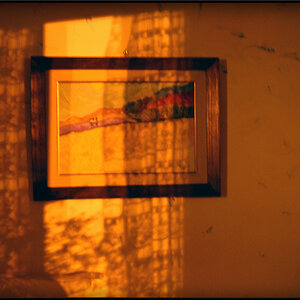Nikon_Josh
TPF Noob!
- Joined
- May 30, 2011
- Messages
- 936
- Reaction score
- 95
- Location
- Surrey, UK
- Can others edit my Photos
- Photos OK to edit
A question for you guys, just got my SB700 and am still learning it and enjoying every second.
The thing I don't understand is the max flash sync speed, I assumed as my D90 has a max sync speed of 1/250th of a second. That if I tried to take a photo with flash at say 1/1000th of a second I would get a partial black out of my exposures? But I am not getting this.. is there something I am missing here? I guess there must be.
The thing I don't understand is the max flash sync speed, I assumed as my D90 has a max sync speed of 1/250th of a second. That if I tried to take a photo with flash at say 1/1000th of a second I would get a partial black out of my exposures? But I am not getting this.. is there something I am missing here? I guess there must be.



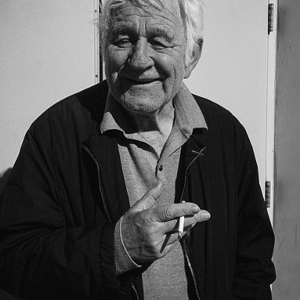

![[No title]](/data/xfmg/thumbnail/39/39491-353a6df9b207e97dadcdce4f98248fcd.jpg?1619739051)
![[No title]](/data/xfmg/thumbnail/32/32809-afb9514cb8c02e2e41c241946e185251.jpg?1619735668)
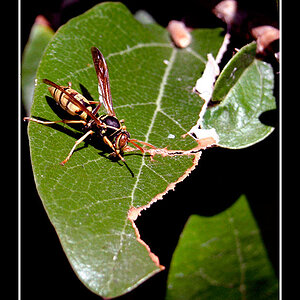
![[No title]](/data/xfmg/thumbnail/39/39490-b2e64c58554ef92efe2474950d27753d.jpg?1619739050)
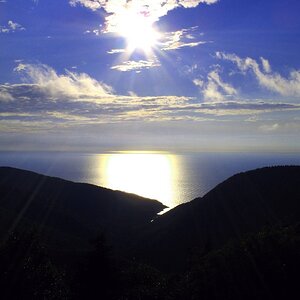

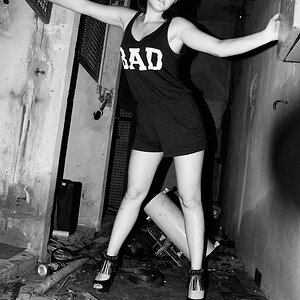
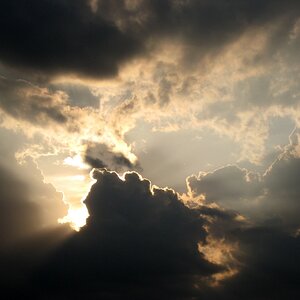
![[No title]](/data/xfmg/thumbnail/32/32810-094482c1ef1c76eae62a96107013a72e.jpg?1619735669)
